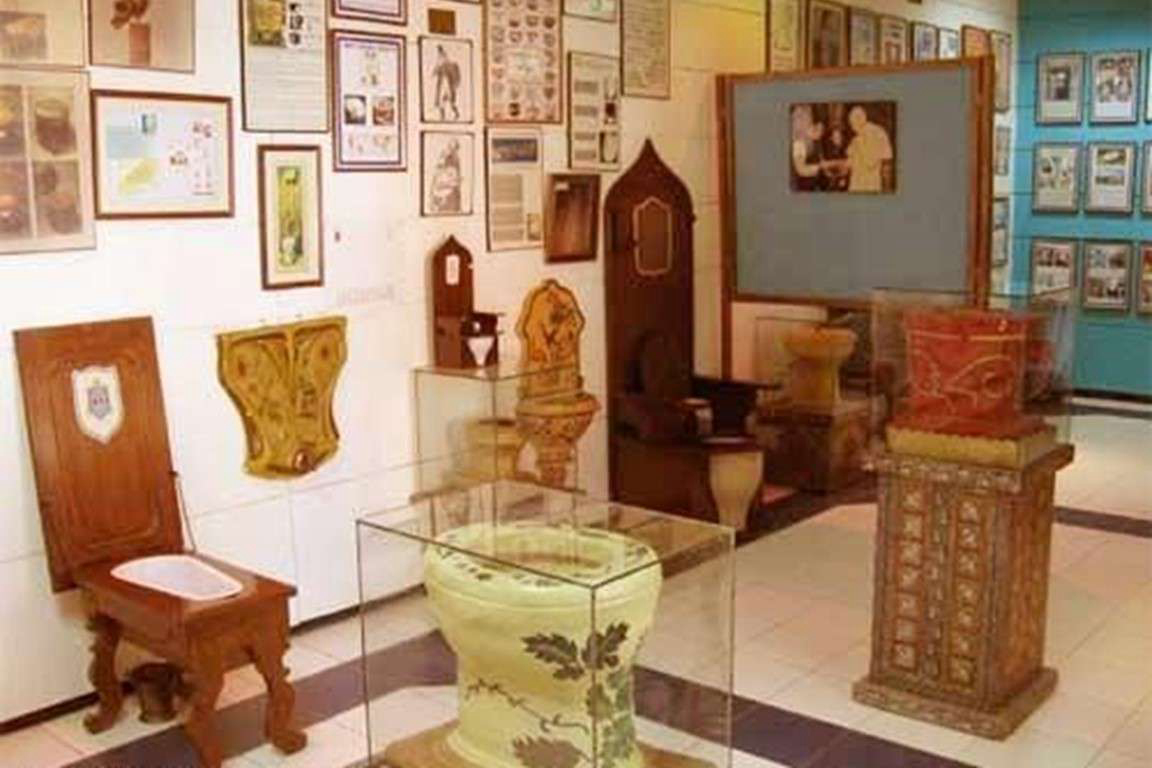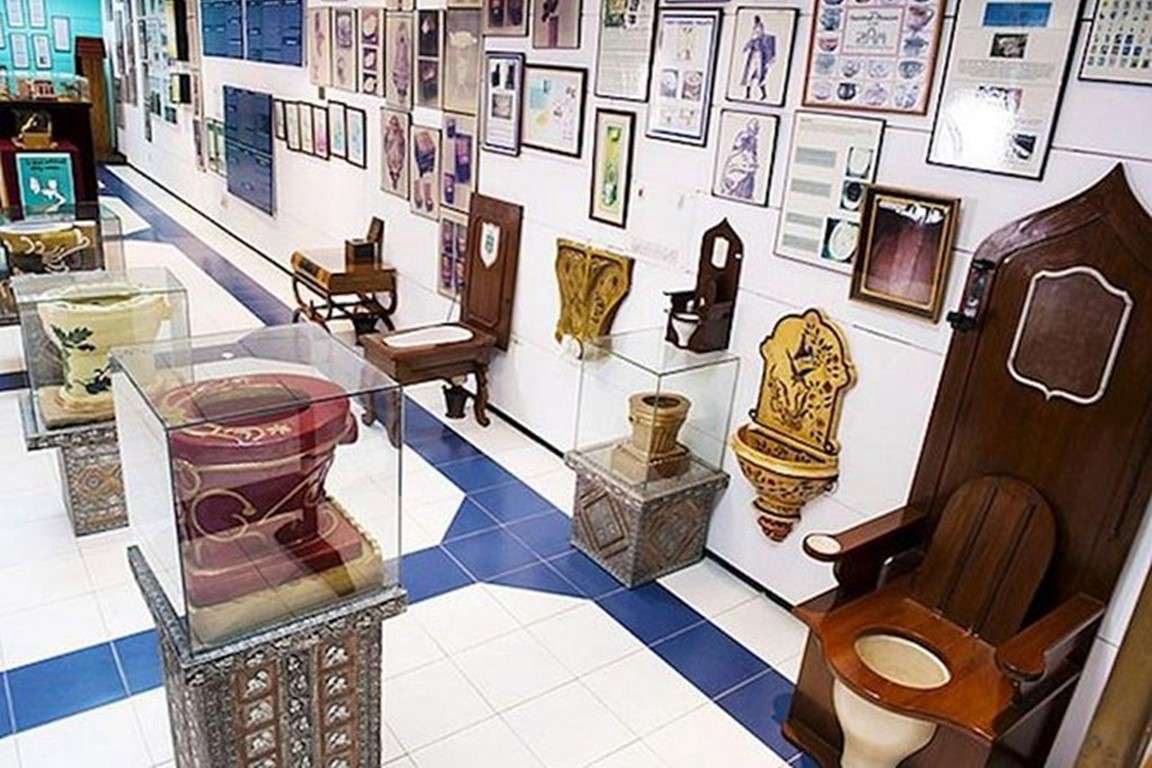
The only time we think of a toilet is when our body indicates that some excrement is needed, but have you ever imagined walking in the lanes of toilets of various types displayed systematically in a complex? This place is a combined package of fun, imparting knowledge about historical methods of hygiene and sanitation, social customs, toilet etiquettes, sanitary conditions, and legislative efforts. It successfully narrates the tale behind the growth of the toilets through ages.
This incredible place is named the ‘Sulabh International Museum of Toilets'. This museum is located at the Sulabh Service Center, Mahavir Enclave, Palam, New Delhi, and it is the first of its kind in the world to provide an exceptional experience to its visitors. It is not just any other ordinary museum, but it holds a historical and revolutionary story behind it. Sulabh International Museum of Toilets has a rare collection of facts, pictures, and items documenting the historic evolution of toilets from 1145 AD to modern times. The pictures showed in the museum creates awareness about how the world looked like when societies did not have the usefulness of water closets, and the transitions that have been made by its invention. Moreover, it has a rare collection of beautiful poems related to toilets and their usage.
The museum has three main sections named ancient, medieval, and modern. The Museum displays a sewage system of the Harappan Civilization dating back to 2500 BC and maintains a detailed record of how modern toilet pans have emerged over a while. Similarly, it traces the history of toilets from Indus Valley Civilization in Lothal, 63 km from the city of Ahmedabad, India where a highly developed drainage system existed. The museum likewise documents facts about the kingdoms in Europe where most of the initial technological expansions in the evolution of toilets took place.

A special and rare flush pot originated in 1596 by Sir John Harrington, a courtier during the era of Queen Elizabeth I, is one of the most prized possessions of this museum. Some extremely weird collections are a French toilet that looks like a stack of books and an English one that parallels a treasure chest. Parking and entry tickets are free, and a guided tour is also available for the visitors in the museum. Some handbooks and brochures of the collection are available on their websites.
Sulabh International Museum of Toilets obtains a daily flow of visitors from India and abroad, ranging from doctors, students, government officials, engineers, scientists, designers, and so on. It is managed by its parent organization named Sulabh International Social Service Organization. Renowned sociologist and social reformer Dr. Bindeshwar Pathak is the man behind this amazing idea of a museum of toilets. Before that, he established the ‘Sulabh International Social Service Organization’ in 1970 and launched a social reform and environment up-gradation movement, by taking up the challenge of sanitation-related pollution leading to environmental degradation and health hazards caused by the practice of open defecation and use of bucket toilets. He created a pan-Indian network with 50,000 volunteers and began the Sulabh Sanitation Movement. Dr. Bindeshwar Pathak started a revolution in Indian sanitary conditions. More than half of India's 1.3 billion people still don't have a proper toilet in their homes, but since 1970 the Sulabh NGO has figured out India's sanitation issues. And today most of the public toilets utilized in a public area are ‘Sulabh toilets’ which were initially started under the Sulabh Sanitation Movement.
Sulabh International Museum of Toilets is not just a tourist place but is an epicenter of knowledge and information about how entire human species have evolved their sanitation processes in the different parts of the world. It also encourages clean sanitation and tries to connect with more and more people in India. Several national and international organizations have praised the efforts of Dr. Pathak and his amazing idea of the toilet museum. Sulabh International Museum of Toilets was awarded in Experts's Choice Awards 2019, and fewer than 2% of attractions worldwide have received this prestigious award. It was also awarded amongst the world's weirdest museum and some other promising awards too. This amazing museum has over the years proved to be a source of inspiration and an epicenter for raising awareness about proper sanitation and toilets around the world.
___________________________________________________________________
Reference:
(www.sulabhtoiletmuseum.org / www.atlasobscura.com / www.museumsofindia.org / Wikipedia)
